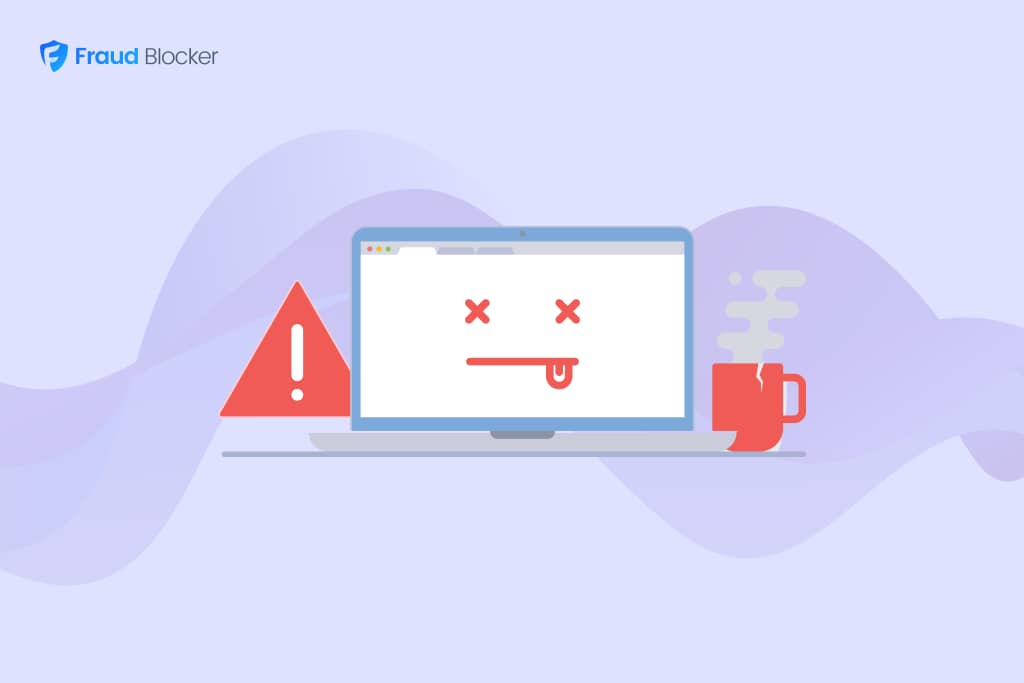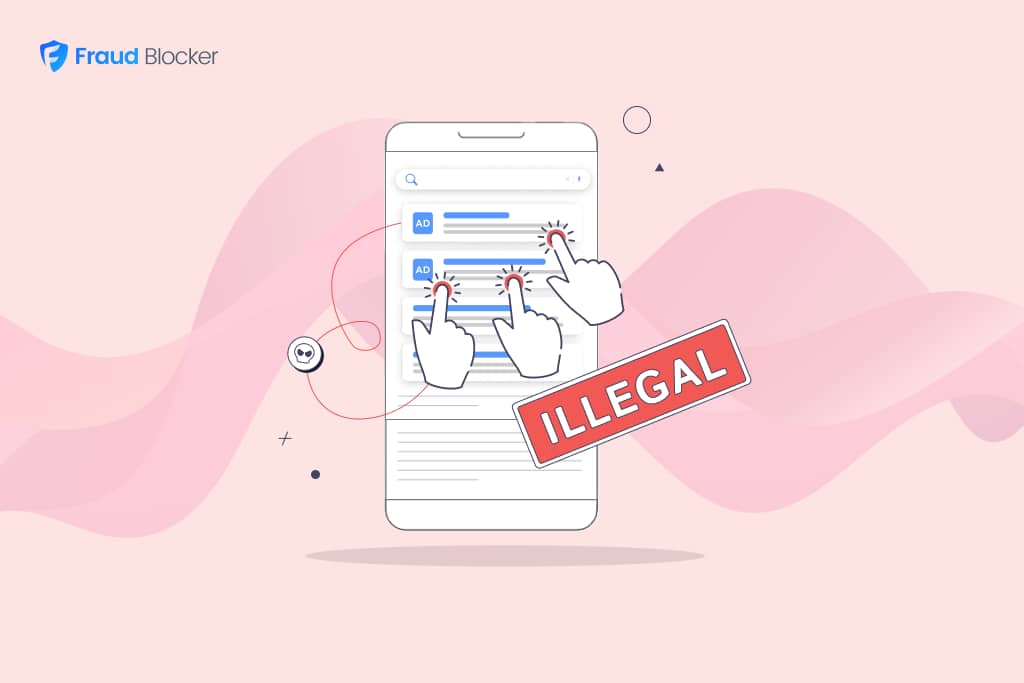
NEW New feature: Verify & block fake emails

We improve your ad performance by blocking click fraud and fake emails

Click fraud is costing advertisers billions in loses. Learn more here.

Click fraud is costing advertisers billions in loses. Learn more here.

Digital advertising remains massive with Forbes estimating that the global digital ad market was worth $537 billion in 2021 with Google Ads alone accounting for $209 billion of it.
With a market of this size, it’s expected that some fraud occurs. However, detection is exceptionally difficult in digital marketing due to the large scale of advertising efforts, and the ease at which one can be anonomyous.
Ad networks make money using two main methods. These are firstly selling ads directly on their own networks and, secondly, selling ads on other networks, which is known as arbitrage between networks. There are three main methods of charging for these services, which are:
Advertising trade groups announce that “the ad fraud problem has been solved” every couple of years.
However, this is primarily a matter of PR to keep customers calm and allow networks to continue selling packages that are actually severely compromised by fraud.
In reality, advertising fraud remains a huge problem, particularly in display advertising. Advertisers devote billions of dollars from their budgets to display advertising, which is often purchased “programmatically” or through buying software that finds sites that fit a brand’s media plan and automatically places ads on them. But it is thought that at least 36% of clicks from these display ads may be fake.
This means that they have been produced by computers that have been hijacked by viruses and programmed to visit sites that may themselves be fake. These “ghost sites” are sold to advertisers who, thinking that they are high-quality websites, pay to have their adverts displayed there.
This results in marketers paying for worthless traffic that will never generate any income for the business paying for advertising. However, agencies have little motivation to fight this type of fraud. As they are compensated based on a percentage of spending, they want to see an increased volume of traffic and have no genuine interest in the end customer’s actual ROI. The issue is compounded by the fact that networks will have lower volumes of available impressions if they reduce fraud, making them less attractive to larger buyers.
While ad networks may use anti-fraud software, this is no guarantee that fraud is actually reduced to any degree for the same reason outlined above. If the software is effective, this will reduce the impression available, thus incentivizing the ad networks to use poor-quality software that gives the appearance of doing something without reducing their available impressions and hence their revenue.
Google Ads labels ad fraud they detect on their network as “invalid clicks.”
Users can view this in their Google Ads account by adding the column to their standard campaign reports. In the example below, we pulled one our latest reports and can see that there was 15-20% of ad fraud in our campaigns. This is a normal campaign and this level of fraud is common from or experience.
Google does reimburse it’s users for these invalid clicks, but other networks often do not. Nor do they even show them to their users in this type of report.
Sample of Google Ads report of invalid/fraud clicks
It is very difficult to detect ad fraud and the most common method is to simply see if an ad campaign is performing poorly, such as a low click-thru rate or conversion rate.
Thus, advertising networks are incentivized financially to promote ad slots that have the “appearance” of quality.
Sites with poorer quality or suspected fraud may continue to be sold as long as they generate revenues and provide enough user response so as not to raise a flag by the advertiser. In simple terms, a 25% rate of bad clicks from bots or the like helps the ad networks inflate their impressions offer to clients without being high enough for the customer to see no ROI and pull their business.
Similarly, affiliate networks and affiliate program management services’ business model creates a conflict of interest. Large affiliate program networks usually calculate their fees as a percentage of affiliates’ total sales or paid commissions. These networks also have teams that work with the affiliates to increase their advertisers’ sales and commissions. Therefore the network and affiliate both benefit when more revenue is created, and commissions are pushed up. As a result, the ad network is effectively motivated to keep their clients spending high and ignore any fraud.
If you are a marketer working with an ad network, this may be a little depressing. If the industry won’t reduce fraud, you can do little as one business. However, there are ways to mitigate its effects on your advertising budget and motivate your ad network to provide you with quality impressions. A few of these are:


